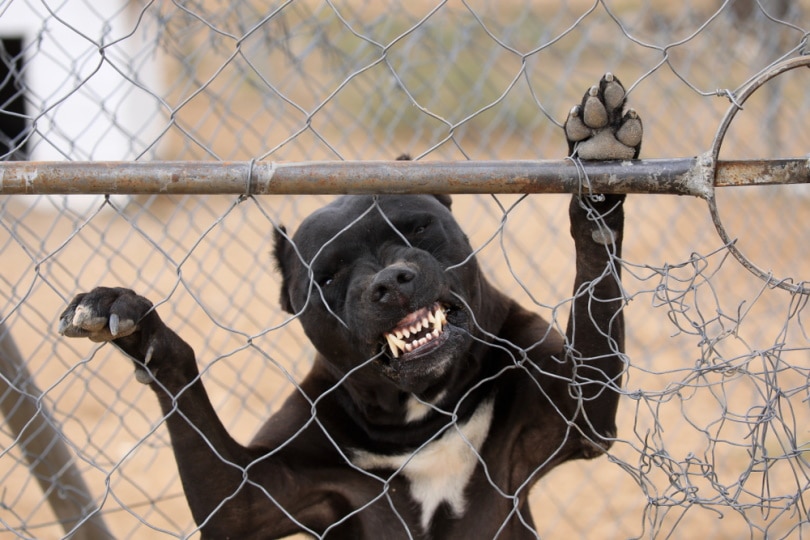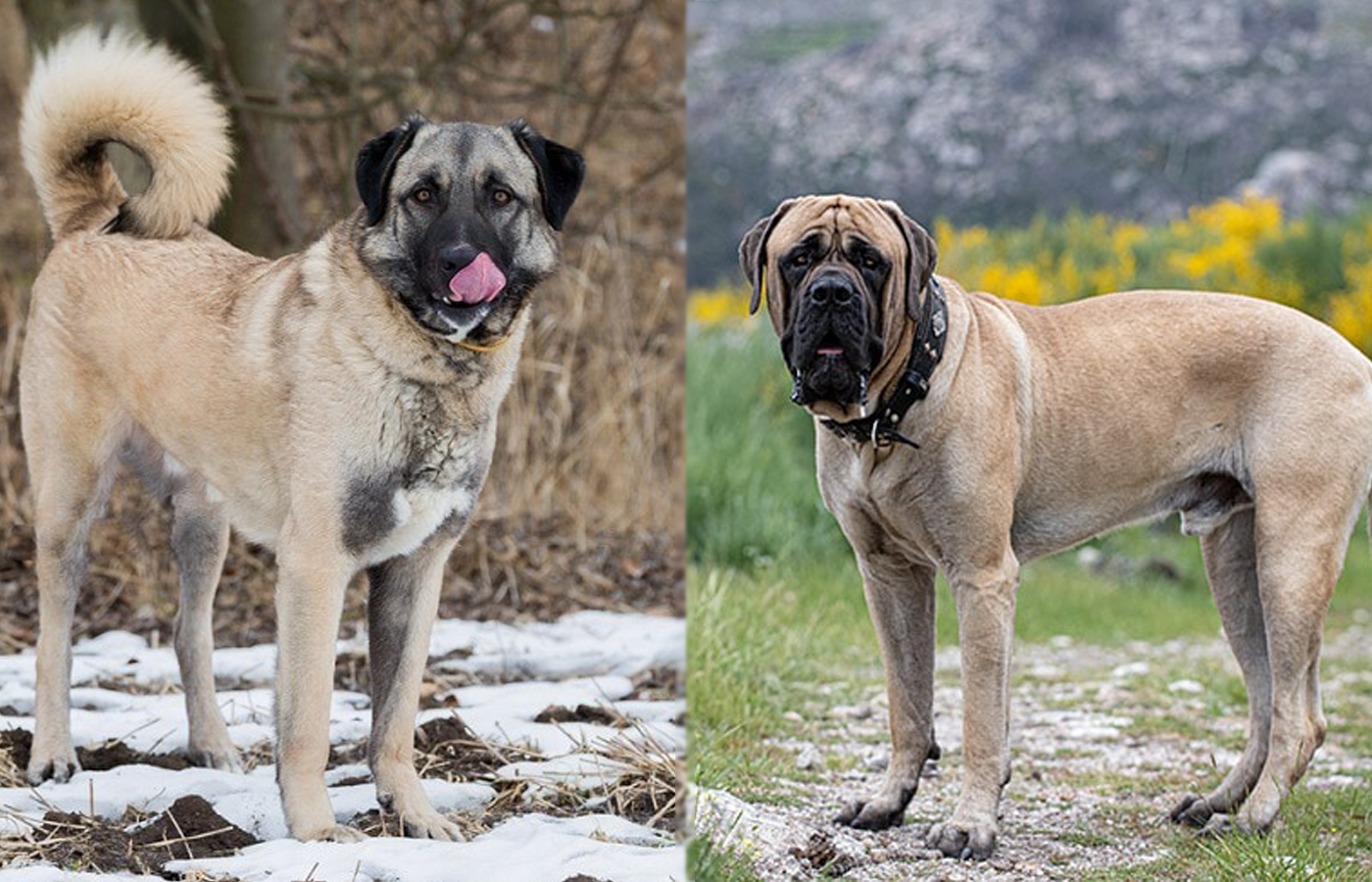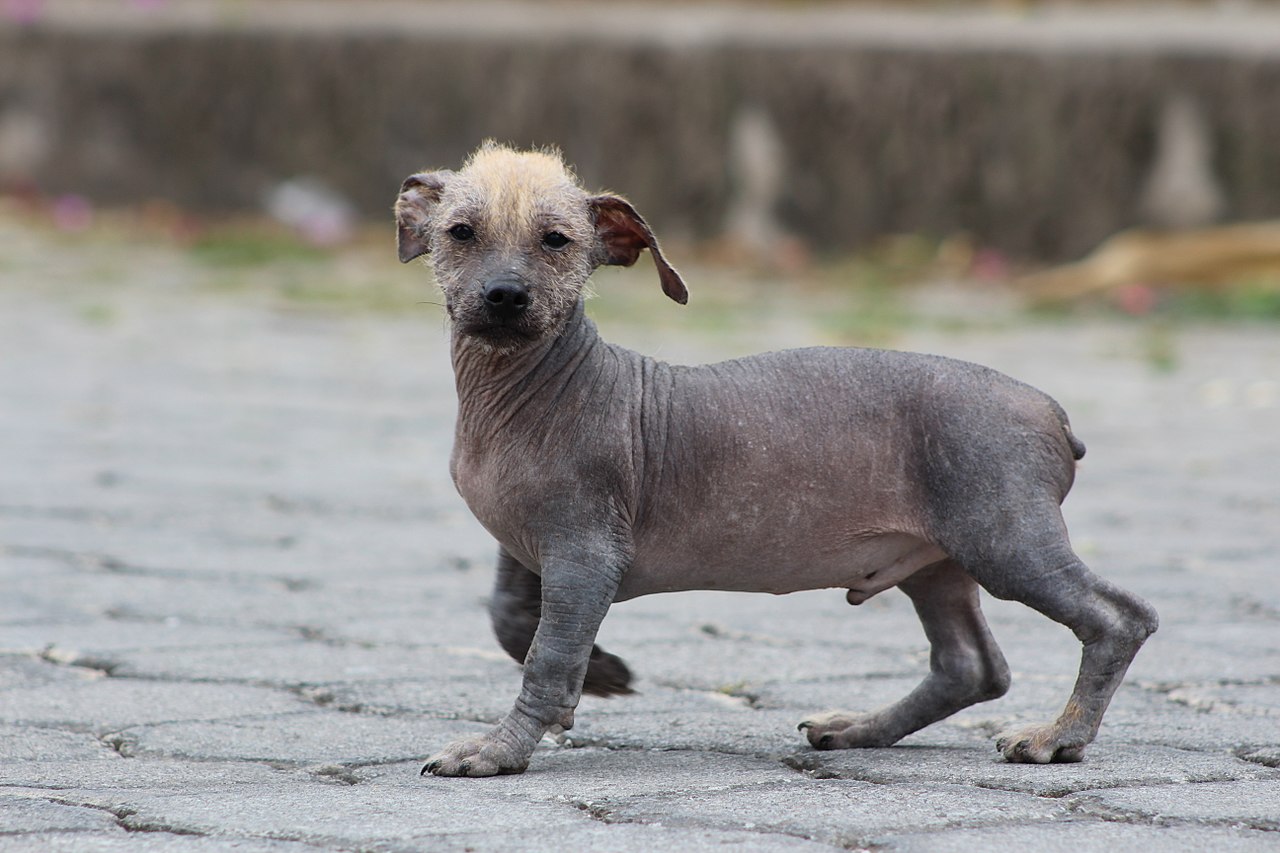His impressive build is scary, and he makes the headlines with each of his attacks: the Pit Bull is the subject of a real witch hunt on five continents. However, he is not the only one responsible for the 4.5 million cases of dog bites recorded in the United States each year. In fact, this can be one of the most lovable and kid-friendly breeds on the earth. But given his great physical strength, impressive jaw, and hound-like appearance, one can easily deduce that his bite will cause more damage than that of a Chihuahua. But how strong is a Pit Bull’s bite force, really?
Unfortunately, there’s very little absolute data on the bite force of Pit Bulls, or on that of other dogs. But according to National Geographic’s Doctor Brady Barr, who has studied animal bites, the Pit Bull has a jaw power of 242 pounds per square inch (PSI). By comparison, the wolf would have a bite force of 398 PSI, and the shark is 600 PSI.
Let’s take a look at some facts about Pitties’ bites, PSI measurements, and other known data and unfounded facts about these impressively powerful dogs.
Which Animals Have the Strongest Bite?
National Geographic’s Dr. Brady Barr has studied animal bites, testing humans, domestic dogs, and wild animals alike.
- Humans: 120 PSI
- White sharks: 600 PSI
- Hyenas: 1,000 PSI
- Crocodiles: 2,500 PSI
- Domestic dogs: 320 PSI on average
A German Shepherd, a Pit Bull, and a Rottweiler were tested using a bite sleeve equipped with a specialized computer. It turns out that the Pit Bull’s bite has less pressure than the other two dogs. Researchers at Guelph University in Ontario, Canada, have also shown that dogs’ jaw strength is proportional to their skull size, regardless of breed. This means that Pit Bulls and Labradors have equal jaw power.
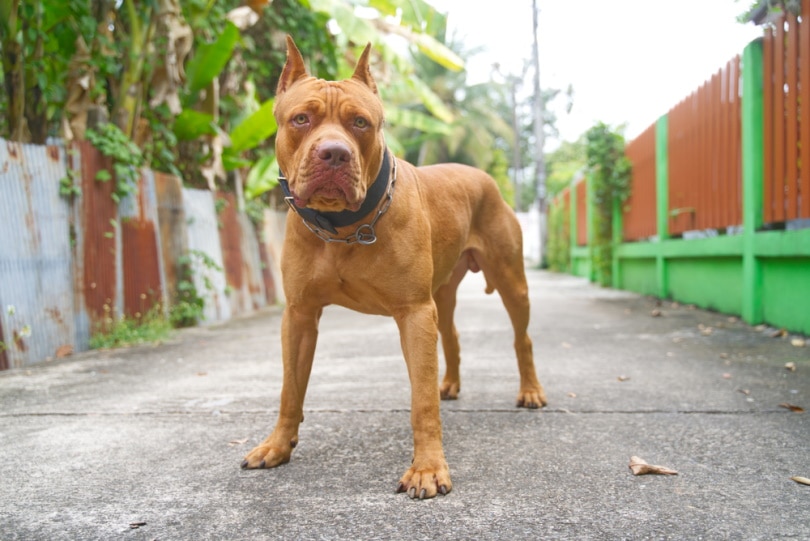
Are Pit Bull Bites More Dangerous?
A quick look at the DogsBite.org site shows some alarming statistics:
In 2020, 15% of fatal dog attacks involved multi-victim attacks. 100% were carried out by Pit Bulls, of which 86% (6 of 7) were inflicted by a single or pair of family Pit Bulls attacking multiple household members.
From 2005 to 2020, Pit Bulls killed 380 Americans, a rate over 7 times higher than the next closest breed, rottweilers, with 51 deaths.
Of the more than 8 different breeds identified, one-third were caused by Pit Bull terriers and resulted in the highest rate of consultation (94%) and had 5 times the relative rate of surgical intervention.
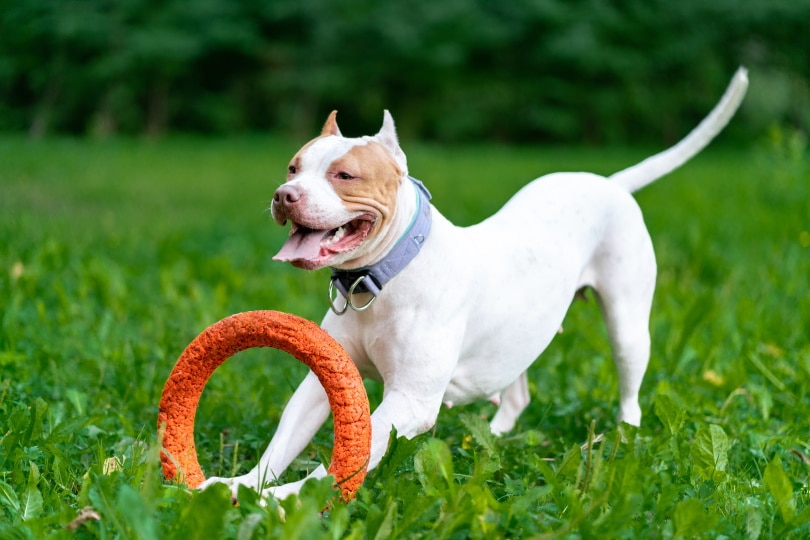
All these statistics are backed by scientific studies.
The American Veterinary Medical Association (ASPCA) cited other studies to counteract some of these statistics, including a study published in the Journal of the American Veterinary Association.
This study focused on fatal dog attacks and noted the difficulties in identifying different breeds (especially mixed breeds) and calculating a bite rate. Researchers noted that there is no consistent data across dog breeds and bites, especially when the injury is not severe enough to require an emergency room visit.
But what about bites so severe they lead to death? According to this study, the factors that can affect bite forces include the size and shape of the skull and the bodyweight of the dog. Pit Bulls are therefore likely to cause more damage in a single bite, due to their morphology. But that doesn’t mean they’re more aggressive than other dog breeds.
Indeed, according to many canine experts, there are no bad dogs, but rather bad behavior. The bite is often the result of fear and anxiety, two things that can be treated pretty well.
It is, therefore, the intentions of the owners that must be questioned and not the inherently aggressive nature of a breed. Some Pit Bull owners condition their dogs to become aggressive. Puppies are put on an endurance diet that involves starving them of food and giving them physical scolding to, finally, reward their aggressive behavior.
Interestingly, a study by the American Temperament Test Society (ATTS) found that the Pit Bull achieved a temperament score of 87.4%, while that of the general dog population peaked at 80.4%. Clearly, this means that Pit Bulls are “nicer” than the average dog.
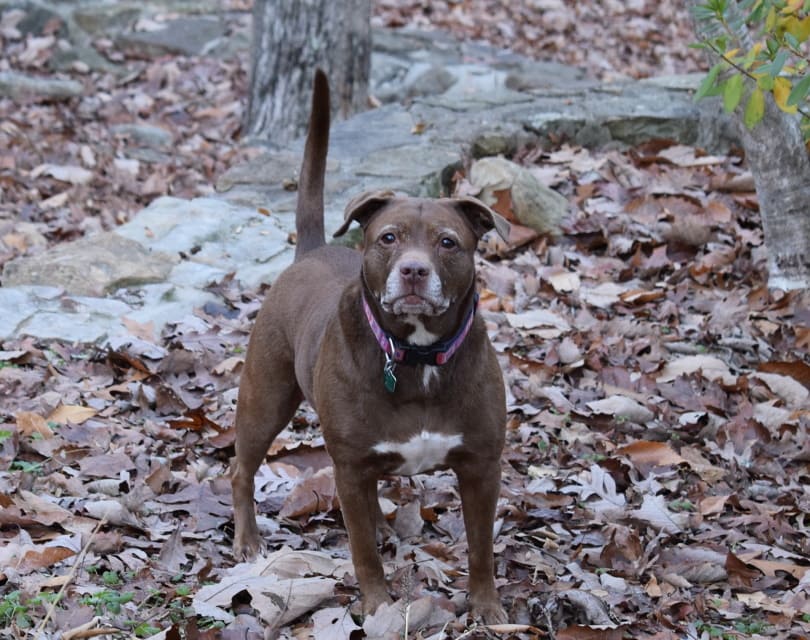
The Biggest Myths About The Pit Bull
As you know, there are many myths surrounding this powerful dog. Let’s list the main ones.
1. The Pit Bull Is a Breed of Dog
The Pit Bull is not a breed, but rather a description that brings together several purebreds or crossbreeds: Pit Bull Terrier, Staffordshire Bull Terrier, American Staffordshire Terrier, etc. He comes from the Molossoid family and is the result of the crossbreed that would combine the playful spirit of the terrier with the strength and athleticism of the English Bulldog. These characteristics led to him being recruited for the horrific fights between animals (with bears or bulls), popular in Britain in the 19th century.
2. The Pit Bull Is a Dangerous Dog
The Pit Bull is no more dangerous than other dogs. We must avoid generalizing and affixing such labels. This dog with good genetics, well socialized, and trained with methods based on positive reinforcement has everything to be an excellent family dog as long as it meets its daily needs.
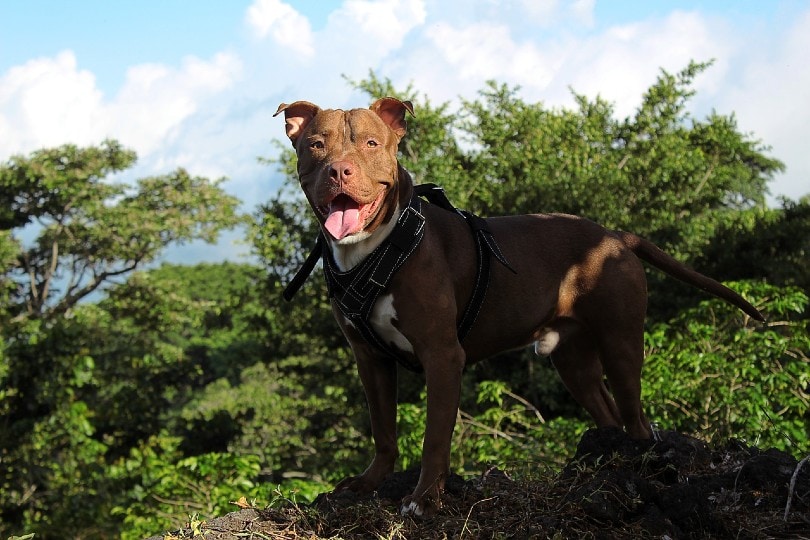
3. The Pit Bull Has a Jaw That Locks
People often hear that the Pit Bull’s jaw goes off when he bites. Rest assured; this is a common belief that is wrong. The jaw of this type of dog does indeed have strong muscles, but it has no locking mechanism. Besides, this does not exist in any breed of dog.
4. The Pit Bull Needs Different Training
Although they are strong dogs, Pit Bulls do not need any training different from other dogs. They need to be taught the basic commandments and good manners with methods based on positive reinforcement. In addition to being effective, these allow you to develop a beautiful bond with your animal. Methods based on punishment and force should always be avoided.

Summing Up
While it’s not easy to measure a dog’s bite force, it seems Pit Bulls have a bite force of around 242 PSI, which ranks them as the average dog of this size. Nonetheless, with so many pounds of pressure, and due to their weight and skull shape, a bite is likely to afflict more damage than one from a smaller dog. On the other hand, these playful, protective, and child-loving dogs do not deserve their bad reputations as aggressive and bloodthirsty animals, especially if they are raised by fair, firm, and experienced owners.
Related Reads:
- How Strong Is a Doberman’s Bite Force? (PSI Measure & Facts)
- How Strong Is a Husky’s Bite Force? (PSI Measure & Facts)
- How Long Will My Pit Bull Be Pregnant? Vet Reviewed Facts & FAQ
Featured Image Credit: Beate Wolter, Shutterstock
Contents
- Which Animals Have the Strongest Bite?
- Are Pit Bull Bites More Dangerous?
- All these statistics are backed by scientific studies.
- The Biggest Myths About The Pit Bull
- 1. The Pit Bull Is a Breed of Dog
- 2. The Pit Bull Is a Dangerous Dog
- 3. The Pit Bull Has a Jaw That Locks
- 4. The Pit Bull Needs Different Training
- Summing Up

